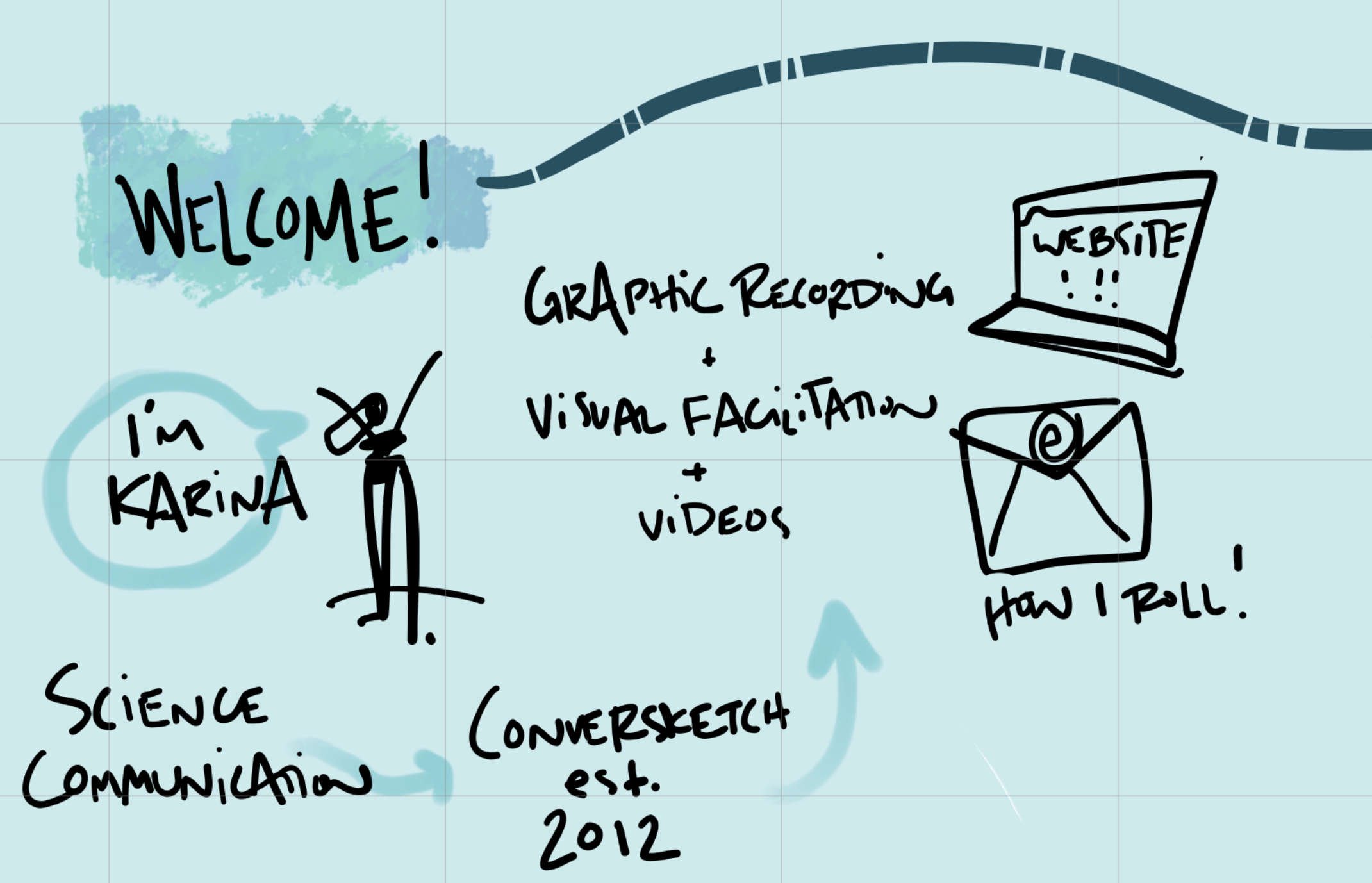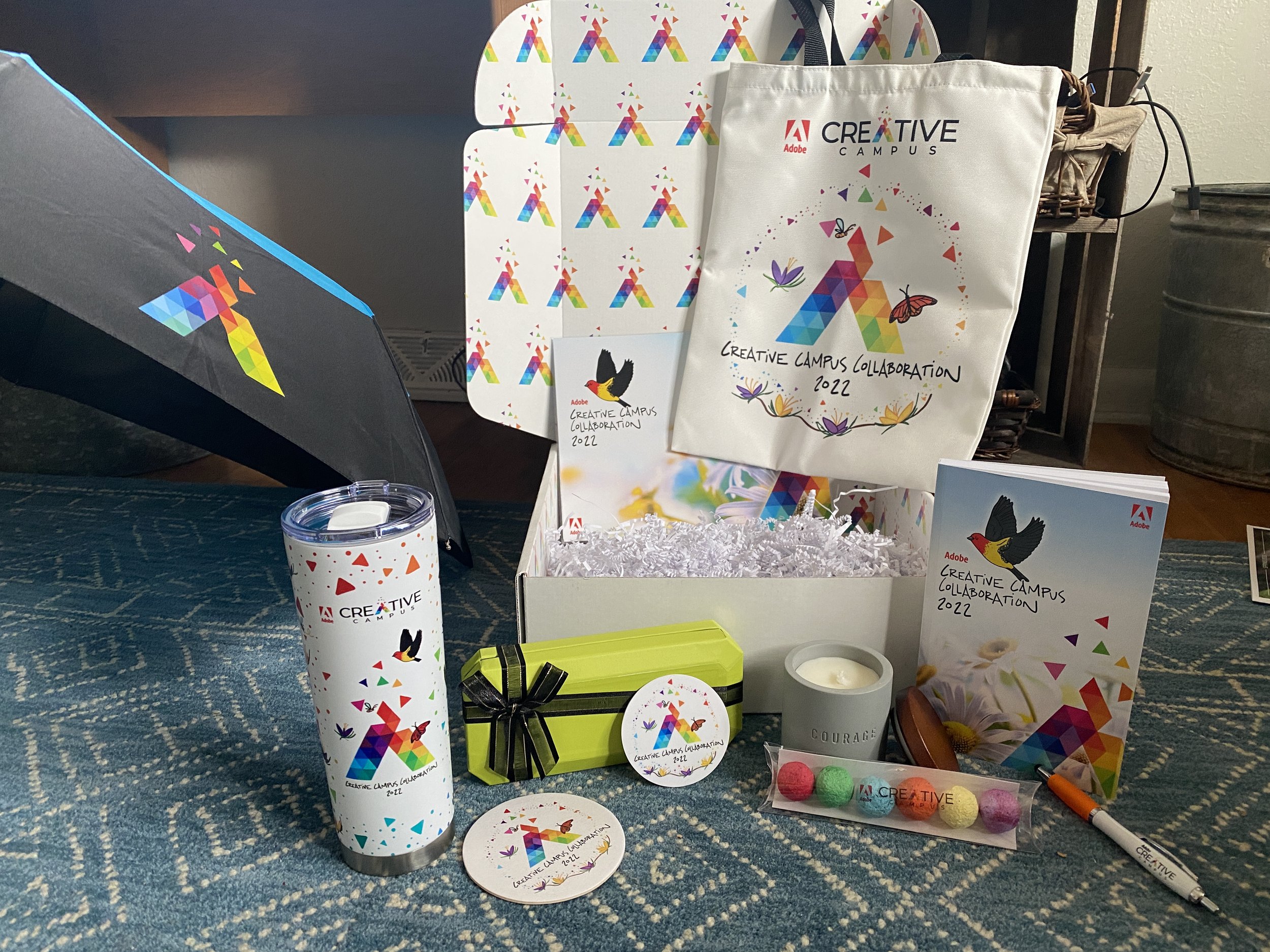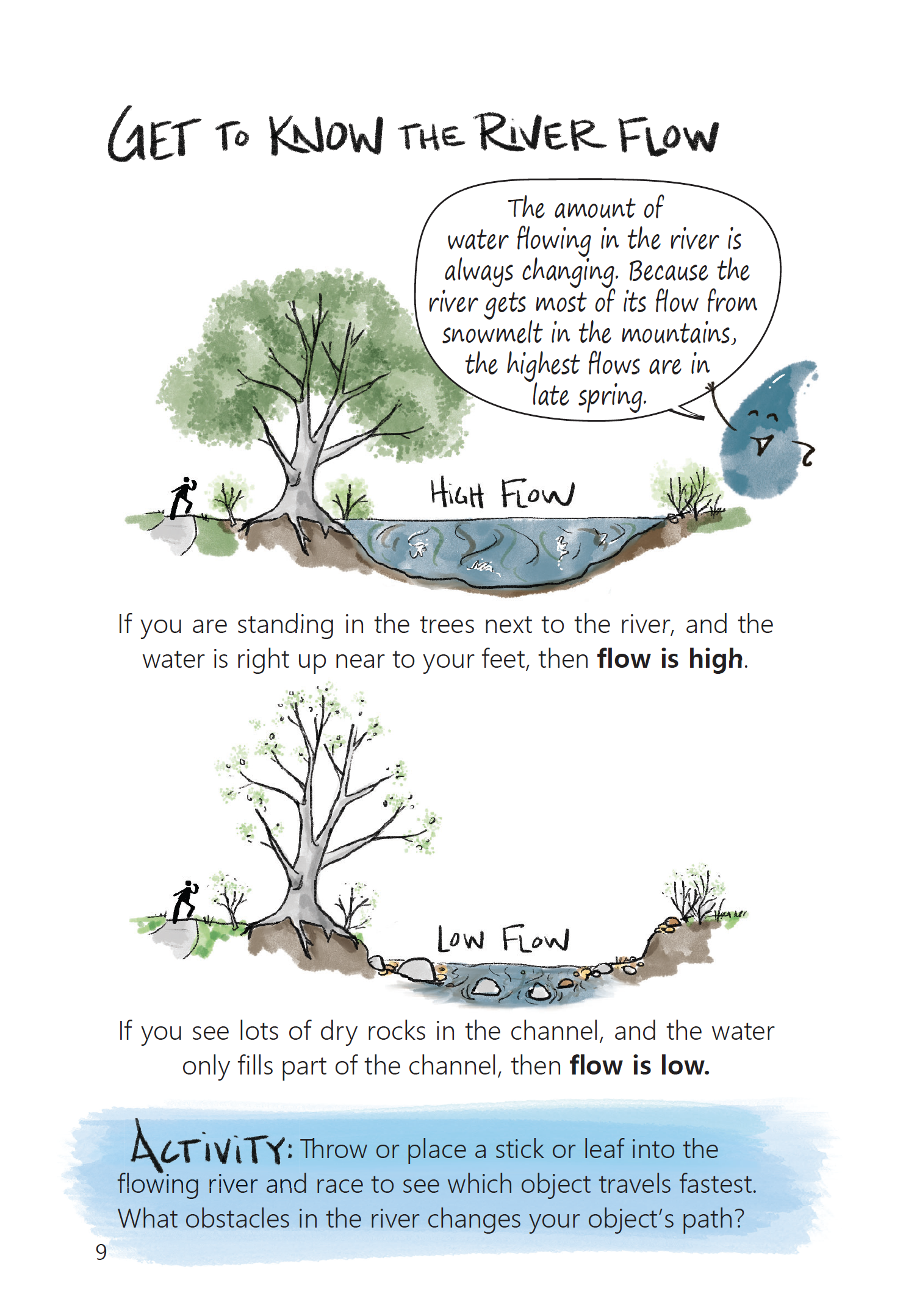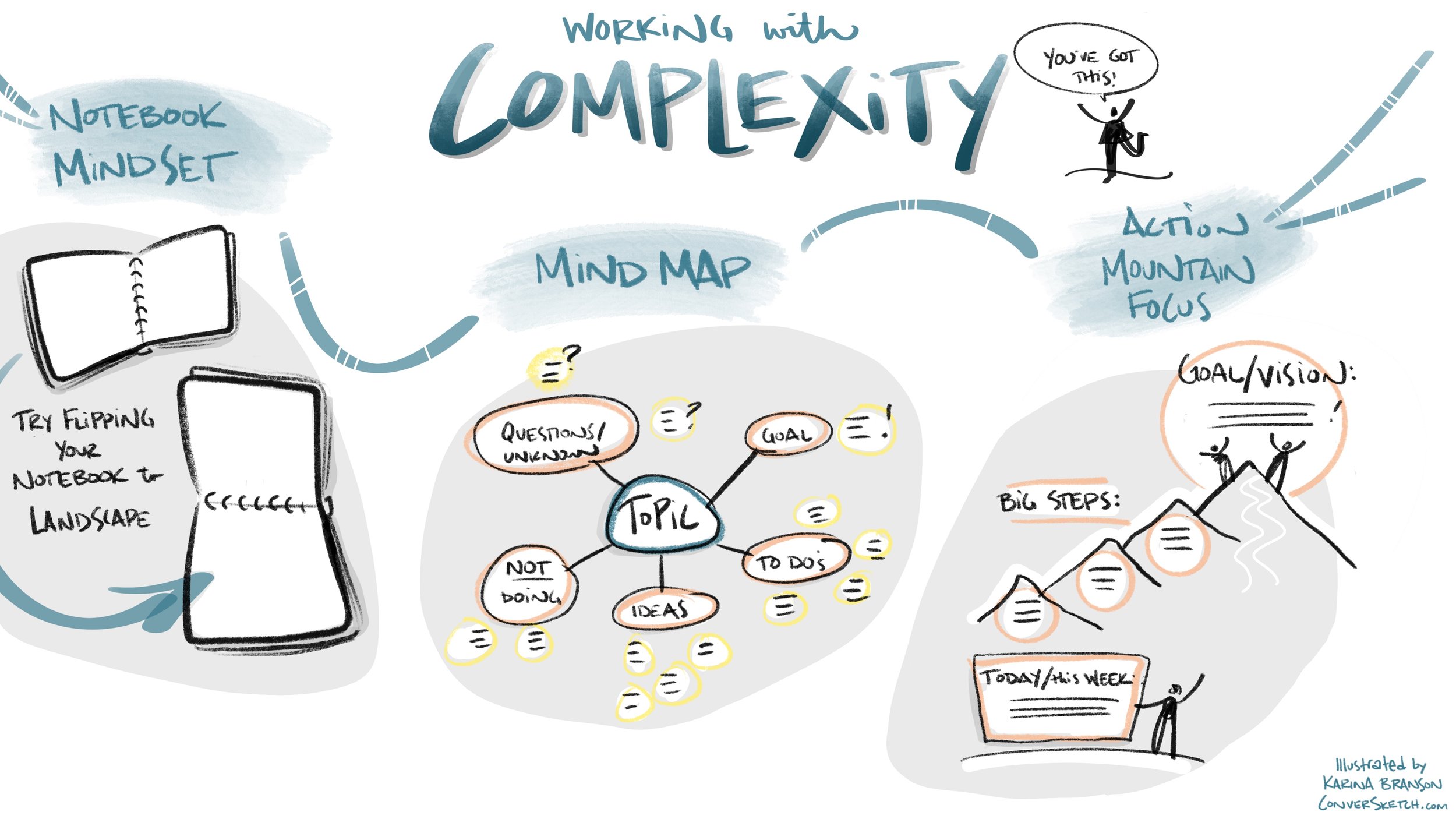Many of you are folks I’ve had the pleasure of getting to collaborate with, and you’ve experienced the magic sparked by visuals directly.
Even if you get it, sometimes you need to persuade someone else why it’s an excellent idea to have a visual partner in the room. This is what I hear from clients time and again.
Graphic recording…
Wraps your people in the beauty and richness of their ideas when the room is full of walls covered in colorful and content-full drawings
Sparks creativity
Brings joy and laughter
Supports groups as they co-create the extraordinary
Helps you get more done in less time
Deepens shared understanding
Can create a distinct brand and feel for events
Here’s what an absolutely phenomenal recent client said:
“Karina is a joy to work with. She was thoughtful about all parts of our meeting planning process, and extremely skilled at guiding our teams’ conversation. She was able to adapt on the fly when important conversations arose and seamlessly adjust to the needs of the group while keeping us on-task to accomplish our goals. With her help, our group made progress I didn’t think was possible! We have a strong sense of our mission and values, and tangible plans to realize them. The visuals that she sketches during the call helped ground our conversations and are really easy to work with as we move forward. Thanks, Karina!”
And for some cool science behind visuals, check out this post.
Once again, thank you from my heart and soul for your support, great senses of humor, brilliant minds, collaboration and what you're each doing to make the world a better place.
Cheers,
Where in the World is ConverSketch?
Las Vegas, NV: At the RES 2022 Economic Summit with the Ute Mountain Ute Tribe sharing strategies to write and win grant funding for social, environmental, and health goals.
Fresh Video: This video helps prospective undergraduate students understand what career paths they might pursue with a degree from CSU’s Environmental Public Health program. Major appreciation to the team at CSU and Bevin Luna for the narration and original music! Click here or the image above to view the digitally hand-drawn video. Note: I am not currently accepting new video projects.









































